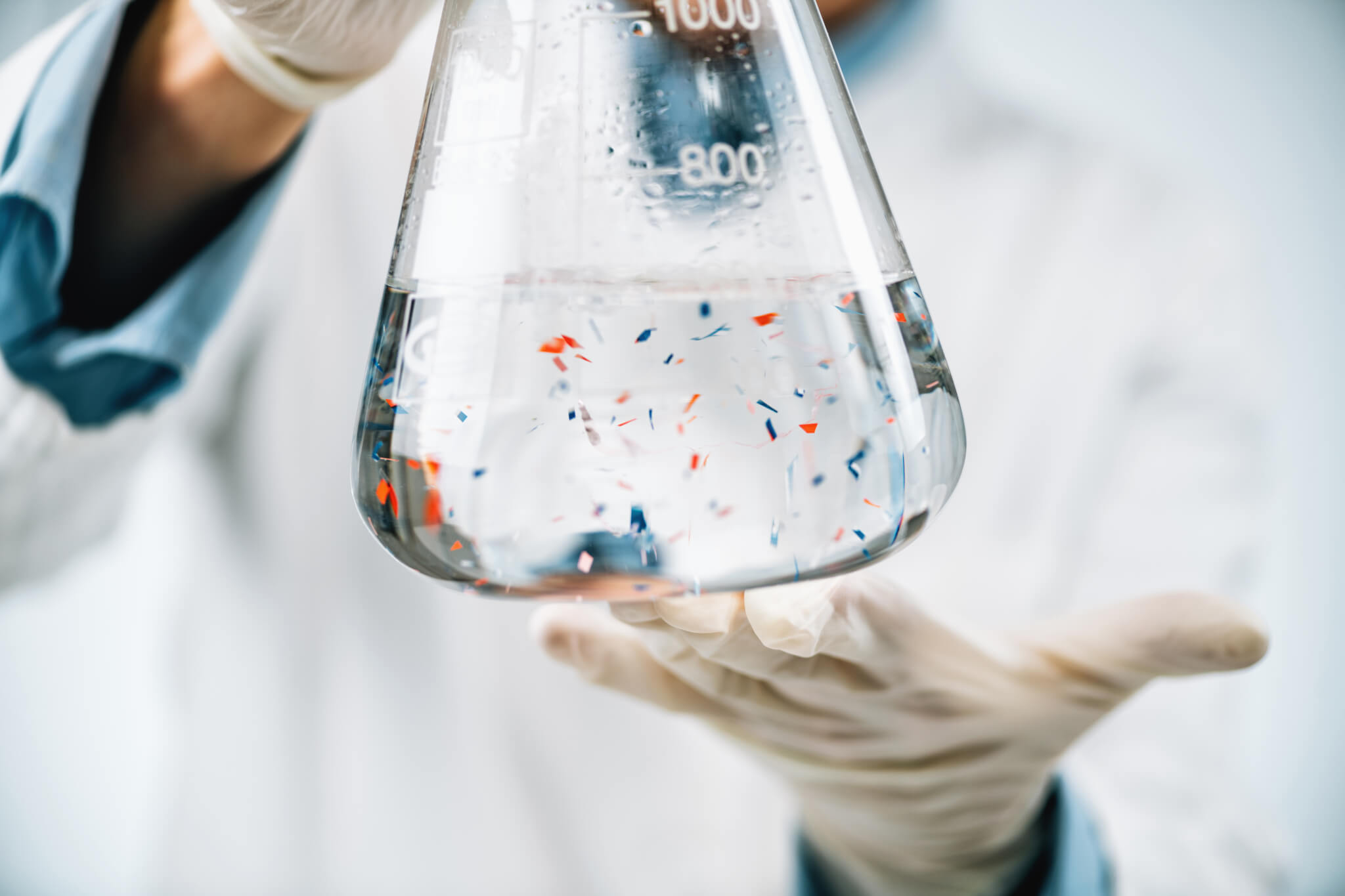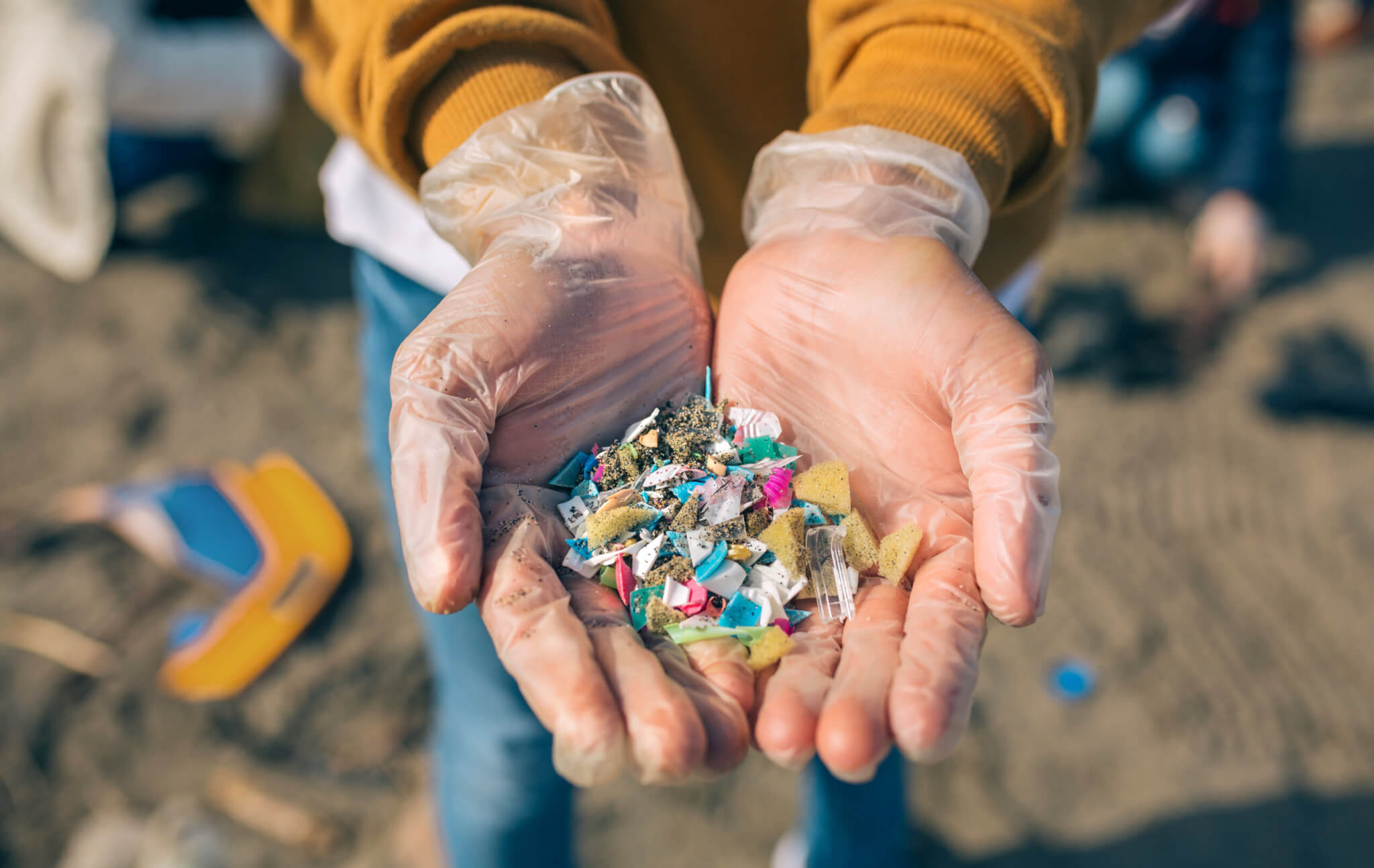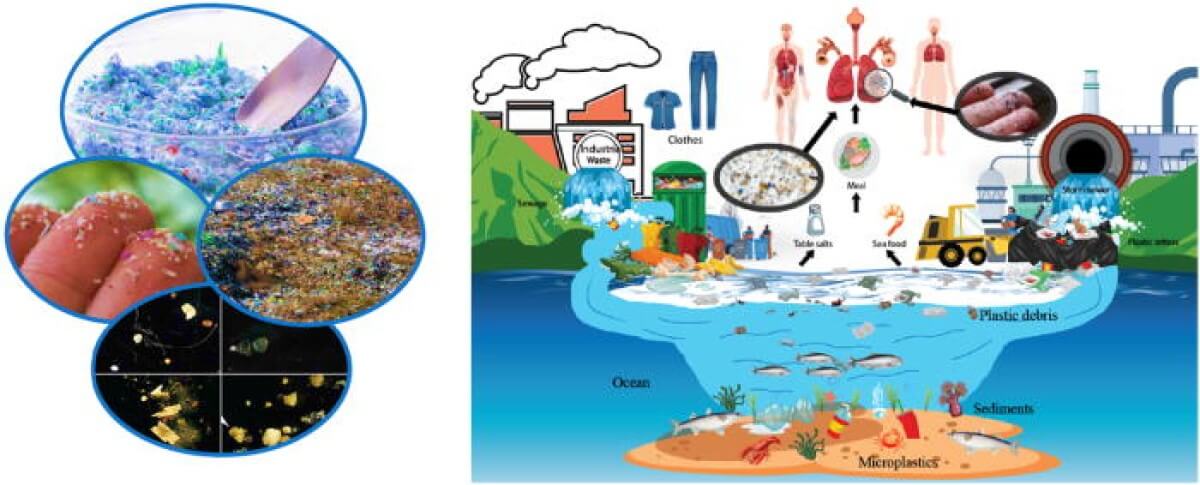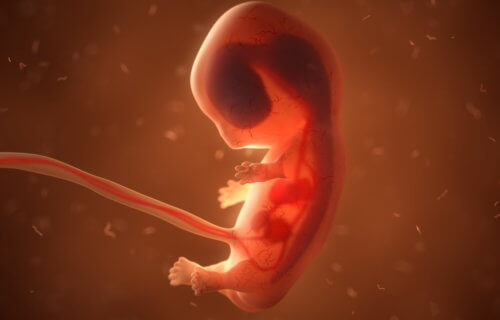Key Takeaways
- Microplastics were found in all tested human placenta samples, highlighting a potential risk to mammalian health including humans.
- A novel analytical method developed by researchers allows for the accurate quantification of microplastics in biological tissues.
- The presence of microplastics in placental tissue raises concerns about their accumulation in the body over time and potential health effects.
ALBUQUERQUE, N.M. — Microplastics, tiny pieces of plastic less than 5 millimeters in size, have become an increasing concern in recent years as studies find them accumulating in the environment, food supply, and now human bodies. New research from the University of New Mexico reports finding microplastics present in all 62 human placenta samples tested.
The placenta grows during pregnancy to provide oxygen and nutrients for the developing baby. This discovery raises pressing questions around what health impacts microplastic exposure in the womb may have later in life.
“If we’re seeing effects on placentas, then all mammalian life on this planet could be impacted. That’s not good,” said Matthew Campen, PhD, senior author of the study and a professor in UNM’s Department of Pharmaceutical Sciences, in a statement.

New Method Measures Microplastic Levels
Previous studies typically counted microplastic particles visible under a microscope, but many particles are too small to be seen this way. Campen’s team used a new analytical method to accurately quantify the amount of microplastics.
After processing samples to isolate solid materials, the research team analyzed particles using a method called pyrolysis gas chromatography mass spectrometry. This identifies unique chemical fingerprints from heated emissions as different plastic polymers combust. Different types of plastic combust at specific temperatures, producing characteristic emissions. These emissions were analyzed by mass spectrometry, giving a fingerprint to identify and quantify each polymer.
The placental tissue samples contained levels of microplastics ranging from 6.5 to 790 micrograms per gram. The average concentration was 126.8 micrograms of microplastics per gram of tissue. That may seem miniscule, as a microgram is one millionth of a gram, but Campen worries that steadily increasing amounts could have health consequences even if the immediate effects are unclear.
“Dose makes the poison,’” Campen said. “If the dose keeps going up, we start to worry.”
The most common microplastic found was polyethylene, the material in plastic bags and bottles, making up 54% of the total. Polyvinyl chloride (PVC) and nylon each accounted for about 10%. The remaining 26% consisted of nine other plastics.
Marcus Garcia, PharmD, a postdoctoral fellow who performed many of the experiments, said this new testing method is an important advance. “We can take it to that next step to be able to adequately quantify it and say, ‘This is how many micrograms or milligrams,’ depending on the plastics that we have,” he explained.

How Microplastics Find Way Into Placenta
Plastics have been widely used since the 1950s. About a third produced is still in use but much of the rest has been discarded into landfills or the environment. There, sunlight and other factors gradually break plastic items into smaller and smaller pieces.
“That ends up in groundwater, and sometimes it aerosolizes and ends up in our environment,” Garcia said. “We’re not only getting it from ingestion but also through inhalation as well.”
These tiny particles make their way into our water, food, and now bodies. The microplastics accumulate over months and years. And although plastic has traditionally been considered inert, nanoplastics less than 1/1000th the width of a human hair may be able to penetrate cell membranes, Campen warns.

Health Effects Still Unclear
Despite this evidence that microplastic exposure begins early in fetal development, what impacts this may have remains uncertain. But Campen suggests this contamination could potentially explain some otherwise puzzling health trends like inflammatory bowel disease, colon cancer in young people, and decreasing sperm counts.
The placenta discovery itself raises concerns because this tissue has only been growing for around eight months. If significant microplastic amounts accumulated in that short time, even higher levels may be present in organs accumulating particles over decades.
“Other organs of your body are accumulating over much longer periods of time,” Campen pointed out.
Campen’s team plans further research to investigate outstanding questions about microplastics’ impacts. But he already finds the accelerating pace of plastic pollution deeply troubling.

Ever-Increasing Plastic Production
Plastic production has increased exponentially in recent decades, with over 8 billion metric tons manufactured to date. But most discarded plastic persists for years or centuries before fully degrading. “It’s only getting worse, and the trajectory is it will double every 10 to 15 years,” Campen said. “Even if we were to stop it today, in 2050 there will be three times as much plastic in the background as there is now. And we’re not going to stop it today.”
Many common plastics have extremely long half-lives up to hundreds of years, meaning they persist in the environment essentially forever on human timescales. So microplastics already in the environment will continue degrading into nanoplastics and possibly infiltrating human tissues for centuries to come even if all plastic production ceased immediately.
With growing data about microplastics permeating bodies and the environment combined with ballooning plastic production, researchers like Campen urgently warn about the potential consequences. “[The placental study] means all mammalian life on this planet could be impacted,” Campen said gravely. “That’s not good.”
The study is published in the journal Toxicological Sciences.
You Might Also Be Interested In

I enjoy reading truths of research and try making better decisions when I can, I love the power that studies helps us to make changes. Thanks to all Scientist